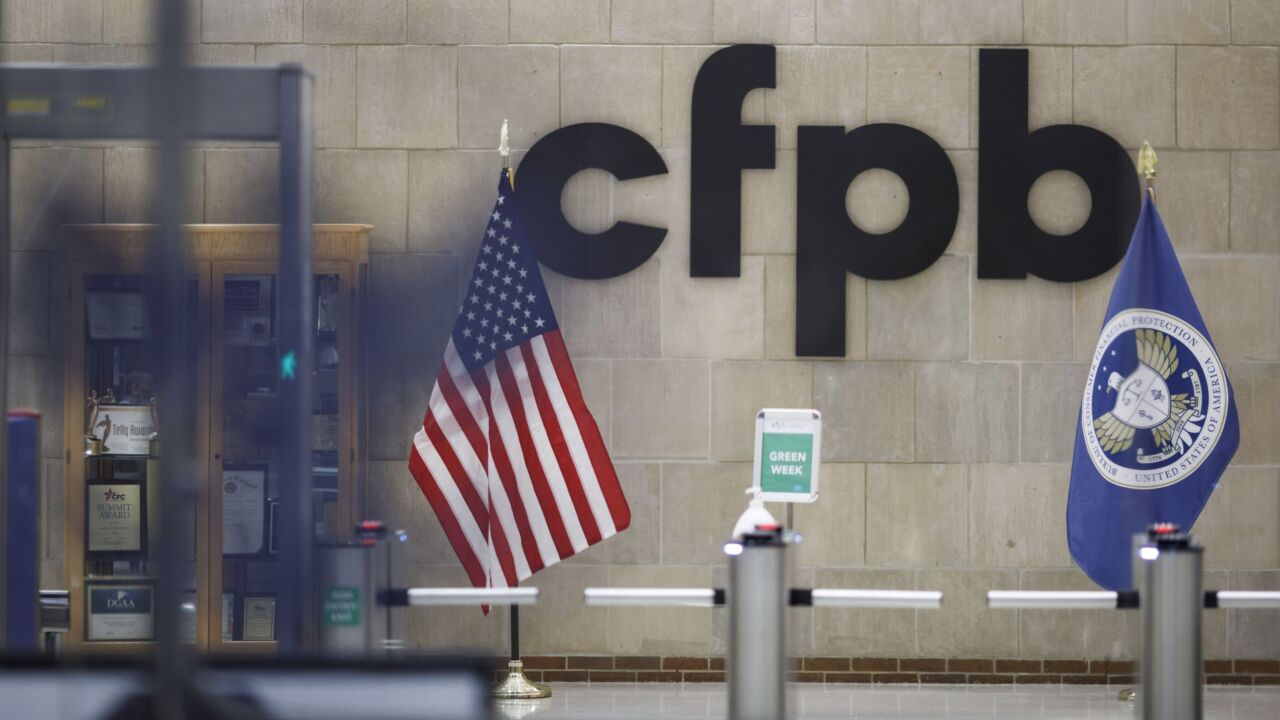-
Meanwhile, 707,104 mortgages remain in forbearance, accounting for a combined $136 billion in unpaid balances.
February 28 -
Real-estate owned, auction and default activity tracked by Attom have rebounded slightly, but the latest Mortgage Bankers Association’s number for late payments show they’re still very near or at historic lows.
February 11 -
Housing rights advocates said minority home-buyers and homeowners in 39 U.S. metropolitan areas will receive the funds as a result of a legal action alleging racial discrimination in the government-sponsored enterprise's foreclosure practices.
February 8 -
The defendants and an attorney convinced homeowners to hand over their properties while the pair filed bogus claims to keep creditors’ foreclosures at bay.
January 31 -
The residential market is generally healthy, but distress is growing in areas where foreclosures are more common, homes are less affordable, and more properties are underwater, Attom finds.
January 20 -
COVID loan forbearance championed by progressives has created a new, permanent class of distressed borrower, Whalen writes.
January 5 Whalen Global Advisors LLC
Whalen Global Advisors LLC -
Borrowers accepting federal loan modifications saw payments on principal and interest reduced between 27% and 33%, according to estimates by the Federal Reserve Bank of Philadelphia.
December 29 -
The state has distinct loss mitigation policies, and particularly complex rules for foreclosures scheduled to fully restart when its ban ends — and other states could write similar rules.
December 27 -
However, the serious delinquency rate dropped to a point significantly below the market-wide average, and much of the foreclosure activity allowed to proceed did so with new consumer protections in place.
December 22 -
The Servicemembers Civil Relief Act includes extra protections aimed at preventing foreclosure for homeowners in the military.
December 20








